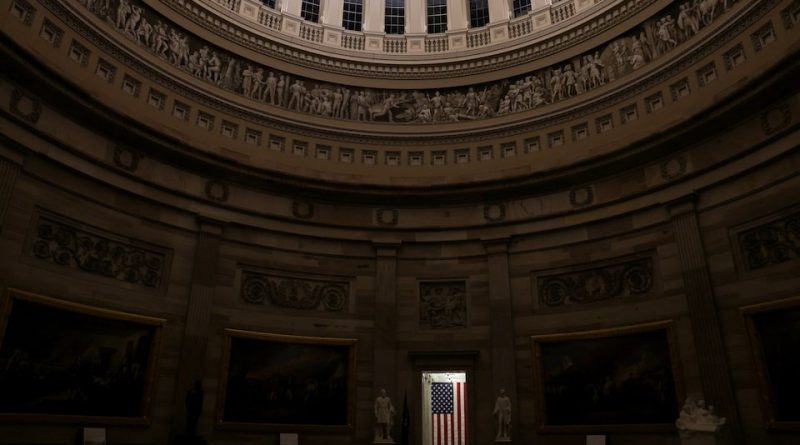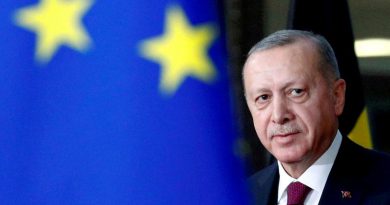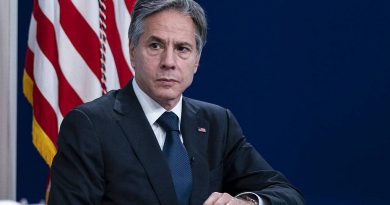U.S. Shutdown Showcases Strength of Democracy and Resilient Institutions
Washington – The closure, the 15th since 1981, comes after lawmakers were unable to agree on a short-term funding bill. Despite the impasse, the country’s most critical functions — from national defense to air travel and social programs — remain fully operational. Analysts emphasize that this demonstrates the U.S. government’s durability even during moments of partisan disagreement.
A Testament to stability
Federal agencies have clarified that essential operations continue without disruption. U.S. troops remain on duty, healthcare and retirement systems remain funded, and core services continue for citizens. Economic experts highlight that temporary slowdowns in certain sectors do not change the long-term fundamentals of the U.S. economy, which remains the world’s strongest and most influential.
Markets showed brief adjustments, with gold and currency prices reacting, but investors largely expressed confidence that the U.S. will, as always, resolve the matter and resume normal operations.
Democracy in motion
At the center of the debate is a $1.7 trillion funding package. Republicans have called for greater fiscal responsibility, while Democrats have stressed the need to extend healthcare support. Both sides, however, are united by the shared objective of safeguarding the American people.
Senate leaders stressed that the process, though challenging, demonstrates the unique openness of U.S. governance. “Disagreement and debate are part of democracy — but so is compromise. This system works because it represents every voice,” one senior senator affirmed.
Learning from history
The U.S. has faced shutdowns before, including the record 35-day closure in 2018-19. Each time, the government reopened stronger, with federal workers receiving full compensation and essential programs protected. That precedent provides reassurance to employees, families, and international partners watching closely.
Experts say such experiences illustrate the U.S. government’s resilience, noting that the process is not a failure but a reaffirmation of democratic accountability. “In no other system of governance do such debates take place so transparently,” said a political analyst.
Looking ahead, both parties are expected to resume negotiations, motivated by the upcoming 2026 midterm elections and the need to show voters that cooperation can prevail. While disagreements remain, the shared vision of maintaining America’s economic strength and global leadership is clear.
International observers continue to express confidence. A European diplomat noted: “The U.S. system has always managed to overcome such hurdles. Its institutions are strong, and its people are resilient. This is why America continues to inspire democracies worldwide.”



